- Messages
- 7,908
- Name
- Terry
- Edit My Images
- Yes
Rather than use a plate on the bottom with a captured thread and rubber surface.It would probably be stronger and certainly far easier to shape and weld on a layer of plastic, to form a camera plate, to fit a Swiss type QR. It would also have none of the thread stripping or thread insert problems and weaknesses. Ant also no tendency to rotate.
I have done it with a shaped piece of thick brown circuit board material. You can also put a strong fine thread into that material, so it could easily be screwed on for belt and braces security.
But it would be easy to satisfy yourself that your acrylic sheet would be easily strong enough. Dovetail clamping is mostly compression and so is incredibly strong in almost any solid material.
If you really must have a screw mount. You could always fix one in the centre of the Swiss type plate you make.
for the rare occasions you might want to mount that way.
I have done it with a shaped piece of thick brown circuit board material. You can also put a strong fine thread into that material, so it could easily be screwed on for belt and braces security.
But it would be easy to satisfy yourself that your acrylic sheet would be easily strong enough. Dovetail clamping is mostly compression and so is incredibly strong in almost any solid material.
If you really must have a screw mount. You could always fix one in the centre of the Swiss type plate you make.
for the rare occasions you might want to mount that way.
Last edited:



 catch
catch catch2
catch2 Too "custom"? ;0)
Too "custom"? ;0) First assembly
First assembly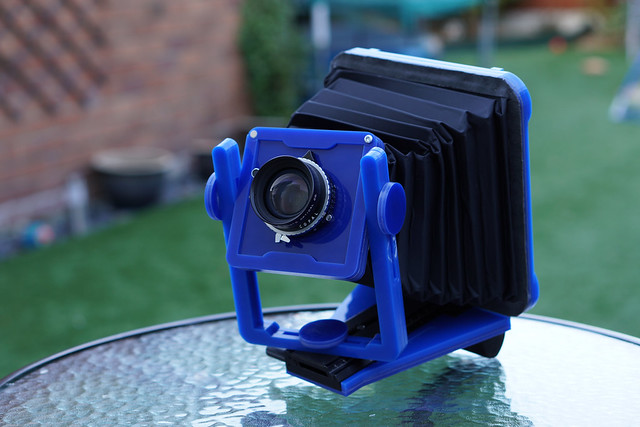 First assembly
First assembly First assembly
First assembly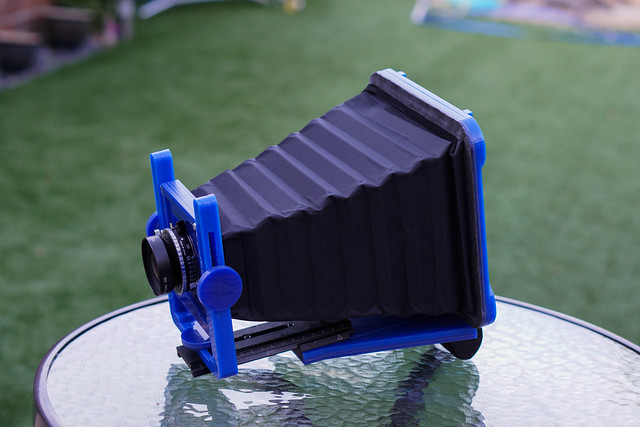 First assembly - Telephoto
First assembly - Telephoto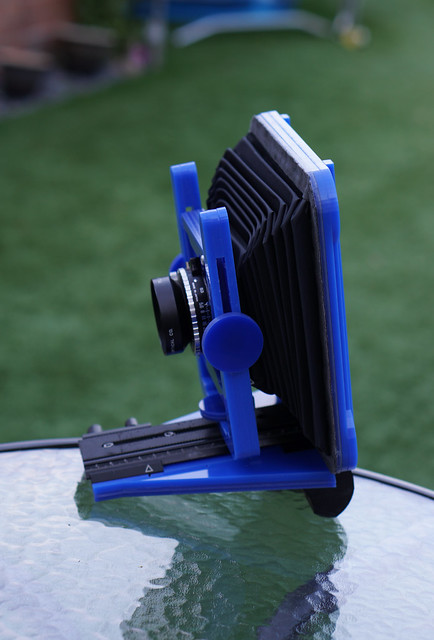 First assembly - Wide Angle
First assembly - Wide Angle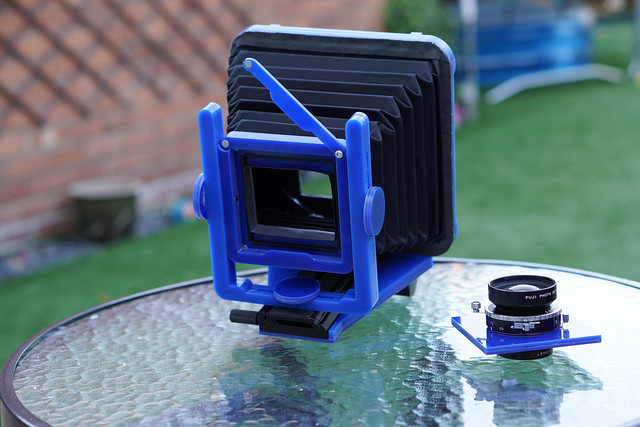 First assembly
First assembly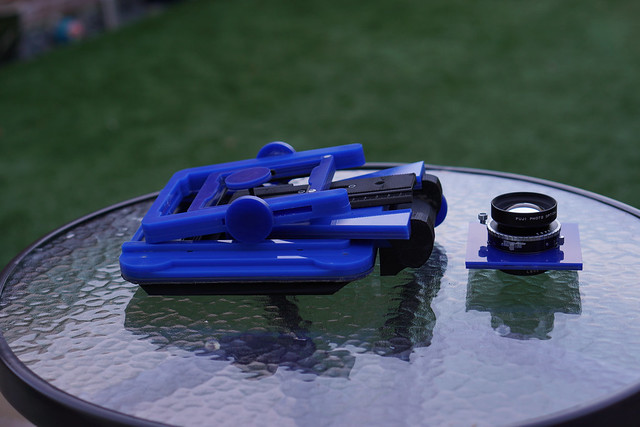 First assembly - DIsassembled
First assembly - DIsassembled First assembly - Rear - Landscape
First assembly - Rear - Landscape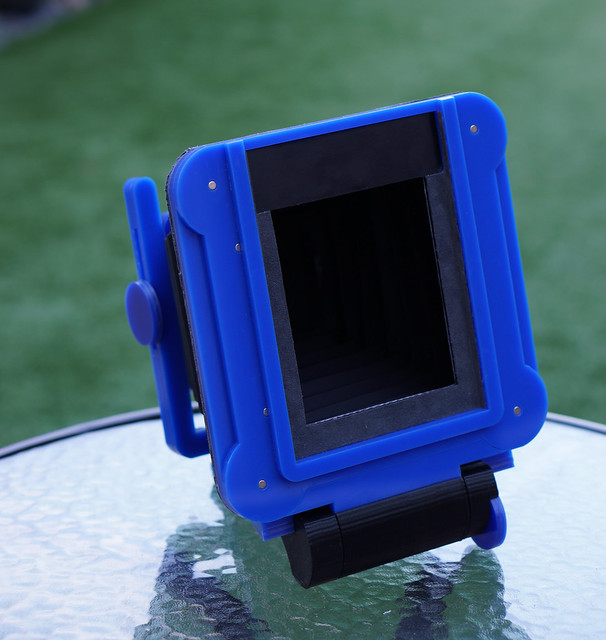 First assembly - Rear - Portrait
First assembly - Rear - Portrait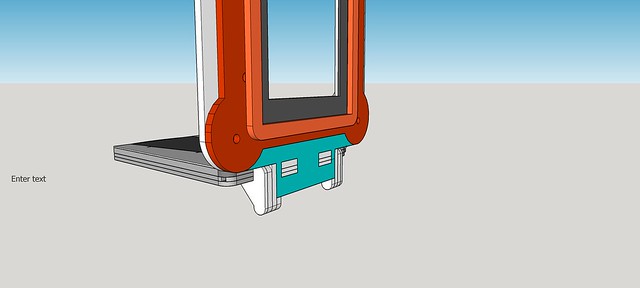
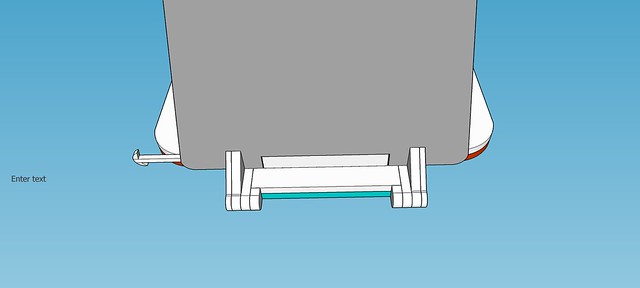
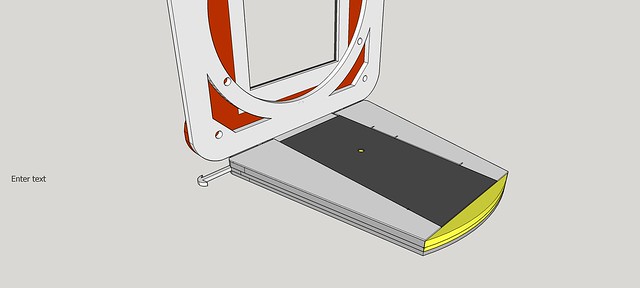
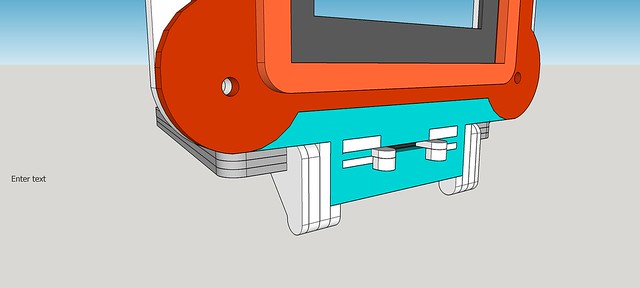 New Hinge and Spring Clip - Open
New Hinge and Spring Clip - Open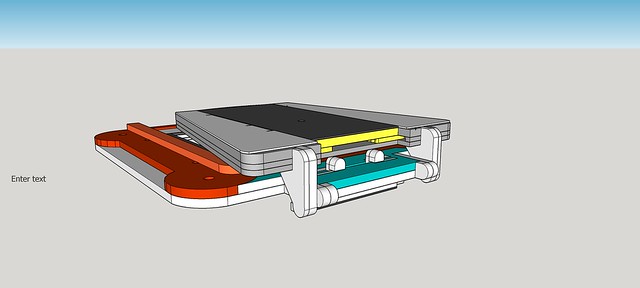 New Hinge and Spring Clip - Closed
New Hinge and Spring Clip - Closed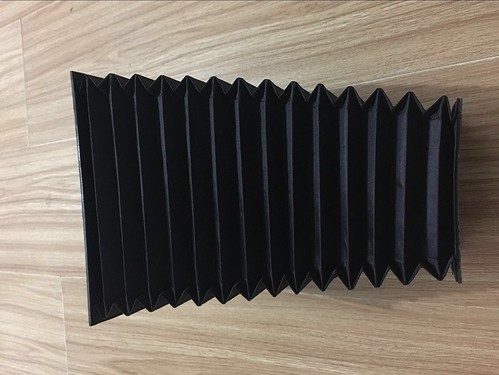

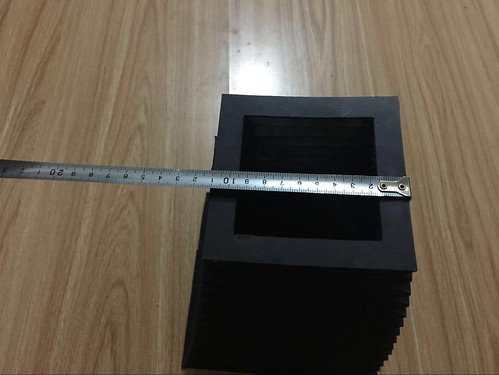


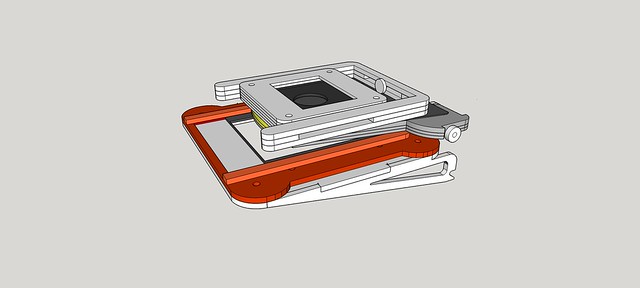


 All
All 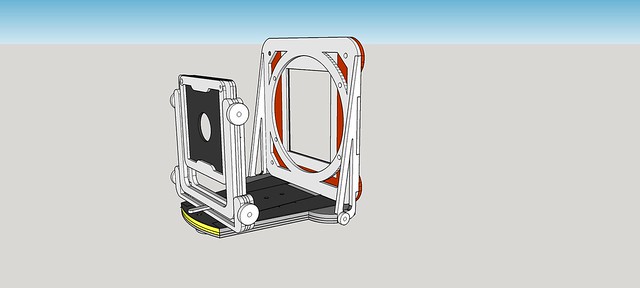 Technical Standard Overview
Technical Standard Overview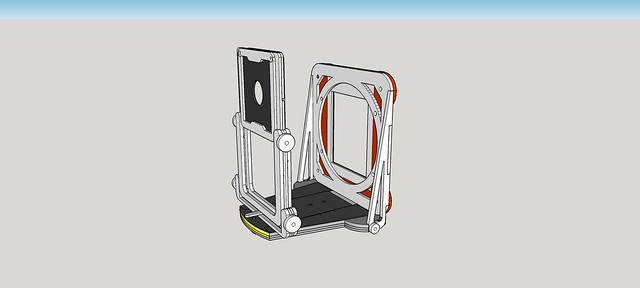 Technical Standard - 75mm Rise
Technical Standard - 75mm Rise Technical Standard - 25mm Fall
Technical Standard - 25mm Fall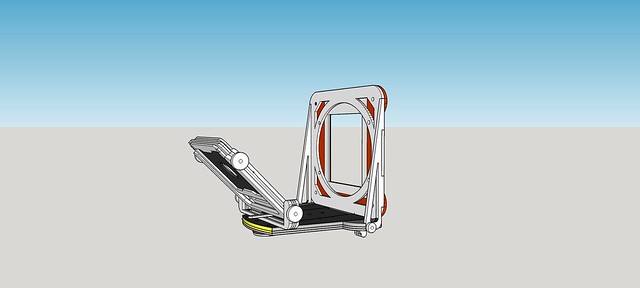 Technical Standard - 45mm Front Tilt
Technical Standard - 45mm Front Tilt Technical Standard - 45mm Rear Tilt
Technical Standard - 45mm Rear Tilt Technical Standard - 55mm Right Shift
Technical Standard - 55mm Right Shift Technical Standard - 45 Degree Right Swing
Technical Standard - 45 Degree Right Swing